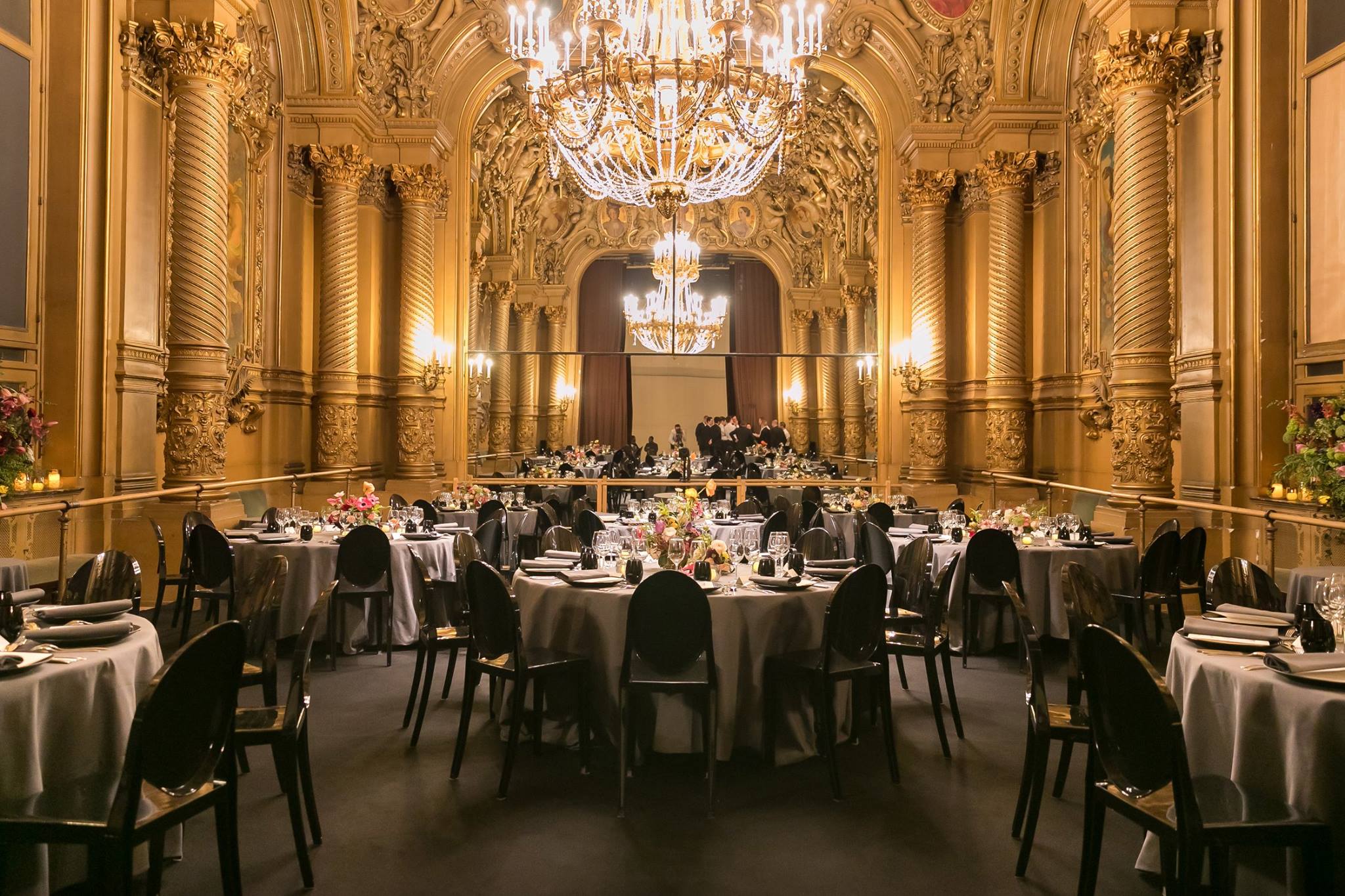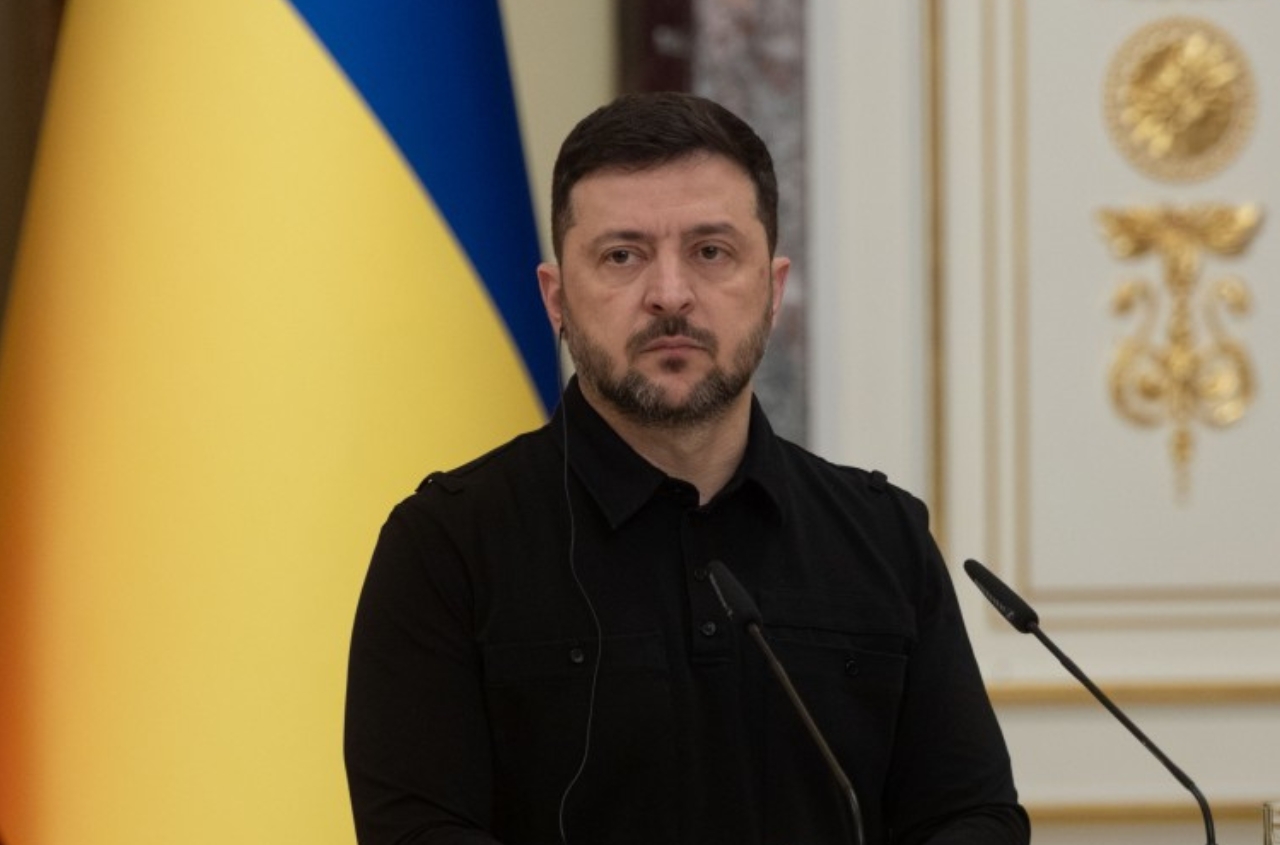One of the biggest scandals occured to the Museum of Louvre at the beginning of 1900s, a big shame for French national pride, was originated in Odessa.
All Fools Day
The 1st of April, the popular “All Fools’ Dayâ€, is the feast day of Odessa. Ironically, on the 1st of April of 1896, the Louvre Museum in Paris announced triumphantly that it acquired a rare gold tiara for the French nation: an antique Scythian-Greek crown in the form of a conical cap and decorated with the scenes from the Iliad of Homer and the daily life of the Scythians. It was bearing a Greek inscription: "The senate and citizens of Olbia honour the great and invincible King Saitapharnes". To the experts at the Louvre, the Tiara confirmed an episode dating to the late 3rd century B.C. or early 2nd century B.C. According to the history, Saitapharnes had besieged the Greek colony of Olbia, near the mouth of the Dnieper River, and was convinced to spare the city in exchange of rich gifts.
The first Museum of France proudly put the Tiara of Saitapharnes on display from 1896 to 1903.
The Tiara was a fake
In fact, the exquisite gold artefact was actually much younger. It had been created in Odessa only two years earlier by a talented Jewish goldsmith named Israel Rouchomovsky. The Tiara had been commissioned to the forger by two dealmakers, Schapschelle Hochmann and his brother Leiba. They told him it was a gift for a member of their family. Those unscrupulous men provided the artisan with books of drawings of ancient finds and text of source material. Rouchomovsky was unfamiliar with Greek mythology or history. For example, some of the scenes crafted by him were from a medal found in Rhone region of France in the year 1656.

After paying for the commissioned work, the Hochmann brothers took the tiara to Vienna, to sell it to the Imperial Court Museum. But the Austrian officials passed on the purchase, because of the huge price. Then, the two brothers went to Paris, showed it to the Louvre curators and casually mentioned that they were on their way to sell the ancient Scythian-Greek artefact to the British Museum. The Louvre’s officials, tempted by the deal, jumped at the opportunity to purchase the crown.
Notwithstanding some initial doubts on the tiara’s authenticity, the Louvre director Albert Kaempfen, his curator of antiquities Heron de Villefosse and the archaeologist Salomon Reinach decided quickly. Through their word, the French bankers arranged the necessary funds to purchase the valuable antique treasure: a huge sum of 200,000 francs.
Shortly after the Louvre exhibited the Tiara, a number of experts started to challenge its authenticity. Among them, the German archaeologist Adolf Furtwängler, who wrote about many inconsistencies in the Tiara's design and questioned the lack of aging patina on the artefact. The Louvre did not accept this criticism, because the professor was a German and the French declared “his motives to have been dictated by spite".
In fact, the crown's amazing state of preservation was the key clue. The only damage was in non-essential areas. Ironically, while this should have been a tip off to the Louvre, it was actually a hook for the museum, which took pride in the Tiara's almost perfect state.
A six-year battle over the Tiara between the Louvre and the Parisian press ensued, until Henri Rochefort, the publisher of the newspaper L'Intransigeant, finally convinced the Louvre’s officials to carry out a thorough investigation.

The Jewish goldsmith of Odessa
In 1903, the newspaper Le Matin published a letter by a Russian jeweller named Lifschitz, who said he witnessed a colleague in Odessa, named Israel Dov-Ber-Rouchomovsky, making the Tiara. When the 40-years-old goldsmith heard the news, he was indignant for having been cheated. The forger was summoned by the Louvre to Paris, but he needed to be subsidised by the French Consulate in Odessa, because he had no resources for such journey. On the 5th of April of 1903, Rouchomovsky arrived to the French capital.
In front of the investigating committee, he claimed Hochmann brothers tricked him into making the phony crown, asking him to make a tiara as a gift "for an archaeologist relative". Moreover, they gave him books showing Greco-Scythian artefacts on which to base the work. Rouchomovsky indicated the exact books (Bilder-Atlas für Weltgeschichte and Antiquités de la Russie Méridionale) and described how he made it in three parts that he soldered. Even then, some of the experts refused to believe him. Only when Rouchomovsky was locked up in the Louvre workshop, where he reproduced part of the tiara, then the Museum’s shameful officials conceded defeat.

The Louvre announced to the public that the Tiara was a fake and removed it from public view. A large circulation of satirical French postcards pictured the Tiara with a ditty: “It is a perfect fake, like everything in your collection.â€
New life in Paris for the Odessite artisan
The Louvre fiasco made Israel Rouchomovsky famous. The Odessa master was introduced to the wealthiest Jewish banker and art collector of Paris, Baron Edmond Rothschild, who immediately ordered a number of objects from him. Other works earned him a Gold Medal at the Paris Salon of Decorative Arts. He brought his wife and children to Paris, where he spent the rest of his life, teaching the secrets of his goldsmithing art to his sons. He lived in Paris until his death in 1934.
A happy man was I in my life
Epitaph on a gold plaque on the tombstone of Israel Rouchomovsky
Peace and quiet, bread and clothing were always found in my home
I loved my work, my wife and my home. Even after my death my spirit will prevail
In the works of my hands I have left behind.
What happened to the Tiara?

- In 1954, the Tiara of Saitapharnes was included in a Louvre special exhibition: "Salon of Fakes".
- In 1997, the Israel Museum in Jerusalem borrowed the Tiara from the Louvre for an exhibition on Israel Rouchomovsky, together with other creations by the goldsmith.
- In 2009, the High Museum of Art in Atlanta (USA) borrowed the Tiara for a Louvre exhibition.
- In 2014, a memorial plaque was unveiled on the wall of Rouchomovsky's workshop in Odessa where the Tiara was forged.
- In 2018, the "LWL-Museum für Archäologie" in Herne (Germany) borrowed the Tiara for the opening weeks of their new exhibition “Irrtümer & Fälschungen der Archäologie†(Errors & Forgeries in Archaeology).
- A copy of the Tiara is on display at the British Museum and at the Tel Aviv Museum of Art.
The original Tiara is still in Paris at the Museum of Decorative Arts.




















